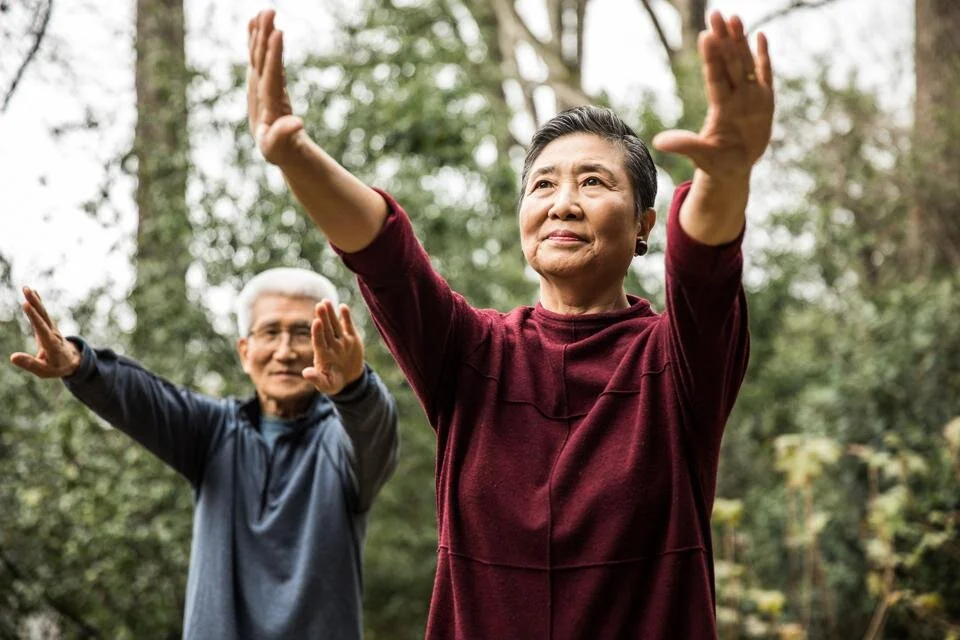Defining Where Old Age Starts
When we try to define “old age,” most of us want to determine where it starts, as though anything beyond X number of years is old and everything that comes before that is something else – maybe childhood or teenage or middle age. Where we draw that line might change over time. When you were school age, maybe you drew it at 50. Then when you got into your 30s and 40s, you inched that line to the right a bit and drew it at 60. When you got to your late 50s or 60s, that line may have inched over to the right again – probably to 65 or 70. This happens mainly because we don’t often feel those changes we expect to feel when we are “old.” Inside, in most ways we still feel like the same person we were at a much younger age.
One of the reasons we engage in thinking about “old” the way we do is that we have no other terms for those ages above – say – 65. If we did have words for these latter stages of life, we would probably be better able to articulate where we and others are along that life continuum. Gerontologists have, over the last half century, tried to do exactly that, but it has rarely crossed the line from academia to common thinking. Now that life expectancy in the United States is cresting 80, and many of our citizens are living well into their 90s and 100s, maybe it’s time to explore further the idea of stages and start defining life in new terms. We might gain some wisdom from past explorers in this arena.
Gene Cohen, one of the pioneers in gerontology (the study of aging), proposed a phased understanding of aging beyond middle-age and confirmed that there is a great deal of overlap:
· Phase 1 – Mid-life Reevaluation and quest (ages 30-60)
· Phase 2 – Liberation – a stage of experimentation and innovation (ages 50s into 70s)
· Phase 3 – Summing Up – period of review and resolution, often accompanied with a desire to give back (ages late 60s through 80s)
· Phase 4 – Final Phase, Encore (ages late 70s to end of life), where the term “Encore” is meant to indicate a continuation of the three previous phases: reexamination, liberation, and summing up.
Sociologist Jean Illsley Clark used simpler terms to sum up Cohen’s work:
· Quest
· Zest
· Meaning
· Mellowing
Most experts today agree that aging is a process that has no rigid boundaries that lock people into a stage or phase, just because they have a significant birthday.
Professionals in the senior living industry typically talk about stages of aging on a practical level:
1. Independence – no help needed. People in this stage can handle all their affairs and activities
2. Interdependence – certain activities start to become more difficult, take longer, or cause stress and strain. A bit of help may be welcome
3. Dependency – Quite a few activities have become troublesome. Driving at night may be off the table, cooking may have become more of a chore than a pleasure, medications have become more numerous. A few hours of help per day may be a welcome relief
4. Crisis management – A medical event of some sort catapults an older adult into a stage where help is mandatory for much of their waking hours
5. End of life
These stages are not locked into numerical age categories either. Some people live well into their 90s and 100s, barely dipping a toe into interdependence. For others, the stages may pile on much more rapidly, especially in cases where loss of independence may be a result of reduced mental capacity (dementia).
If you or someone you love is adding years beyond 60 and is struggling with how to define it and how to talk about it, the term “old” is, well, getting oldthese days. It seems much more useful to talk about phases or stages of a life, which may or may not mirror another person’s stage, regardless of what their birth certificate says. It will help cut back on the insidious practice of ageism as well, and we could all definitely use a bit less of that.


